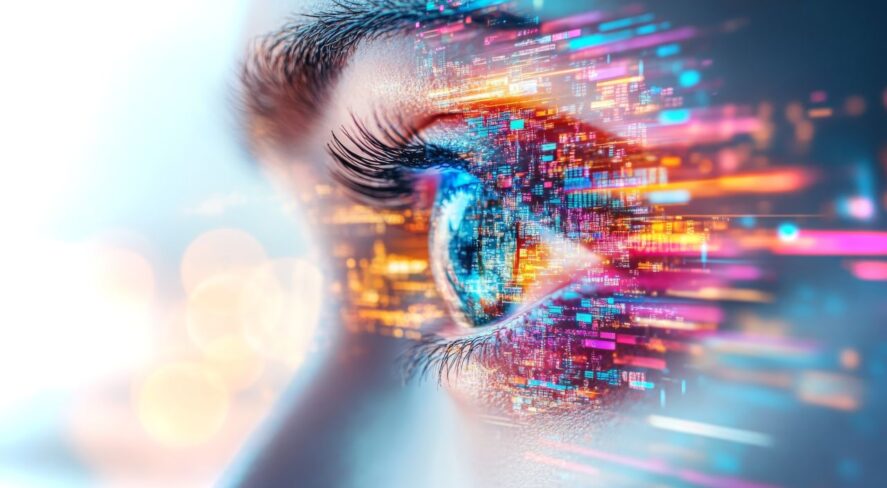Generative AI vs. CNN-Based Low-Light Enhancement: Why Preserving Original Video Integrity Matters


In the rapidly evolving world of artificial intelligence-powered imaging, it’s easy to conflate all “AI enhancement” with generative methods. But when it comes to critical applications like surveillance, the distinction between generative and nongenerative AI, convolutional neural network (CNN)-based enhancement is not just technical, it is fundamental to trust, integrity and evidence reliability.
Surveillance cameras often operate under ultra-low-light conditions, from a few lux down to near-total darkness. In such environments, image sensors struggle. Noise overwhelms the signal, leaving both human vision and automated object detection nearly blind. Grainy, dark and unclear footage compromises situational awareness and system performance.
CNN-based low-light enhancement addresses this challenge. Unlike generative AI, which generates new data, CNN-based enhancement operates in real time within the camera pipeline as an embedded, edge AI solution. It improves both human and machine vision by suppressing noise and boosting object detection accuracy in low-light scenes, without generating new content, such as new pixels.
Generative models, such as GANs or diffusion models, are designed to fill in missing details by making assumptions about what could be present. While powerful in creative imaging, generative approaches raise concerns in surveillances since they may alter information or introduce details that were never captured by the camera.
In contrast, CNN-based enhancement focuses solely on improving the existing signal. Every processed pixel corresponds directly to the input data. The system reduces noise, clarifies details, and increases brightness while preserving the integrity of the footage. It doesn’t imagine what’s missing, it reveals what is already hidden beneath the noise of low light or sensor limitations. This distinction is especially important when video footage may serve as forensic evidence. Enhancing visibility without altering content ensures that the output remains a truthful representation of the recorded scene, a key requirement for investigative and evidentiary use.
Why AI Excels in Low-Light Imaging
Traditional image signal processors (ISPs) struggle to fully separate noise from signal, and amplifying the remaining signal also amplifies noise, degrading visual image quality. CNN-based systems, however, suppress noise so effectively that higher gain can be applied without sacrificing clarity. The result is video that’s not only sharper and clearer, but also significantly brighter, recovering usable details even in near-total darkness where human vision fails.
Unlike fixed-algorithm ISP pipelines, CNN-based methods are trained on diverse, low-light data with complex noise patterns and light distributions. Learning is supervised, using noisy videos together with their clean counterparts, in order to learn how to separate meaningful content from poor quality video stream. This adaptive intelligence allows for more effective enhancement across challenging scenarios while preserving fidelity to the original scene.
In an era of deepfakes and synthetic imagery, it’s crucial to distinguish technologies that actually enhance visibility from those that generate new data. CNN-based low-light enhancement offers a powerful, trustworthy solution that improves the clarity, brightness and usability of surveillance video while maintaining its evidentiary integrity.
The views and opinions expressed in guest posts and/or profiles are those of the authors or sources and do not necessarily reflect the official policy or position of the Security Industry Association.
This article originally appeared in All Things AI, a newsletter presented by the SIA AI Advisory Board.
